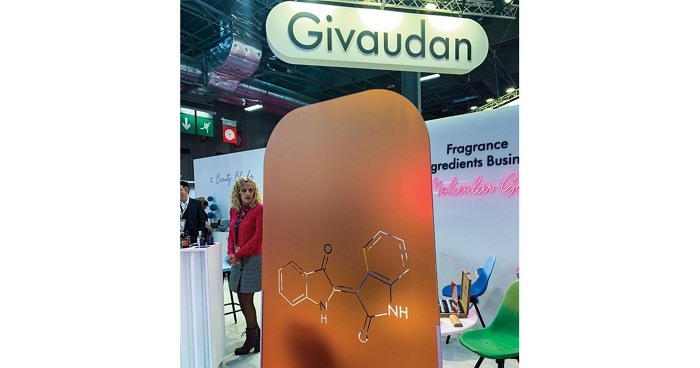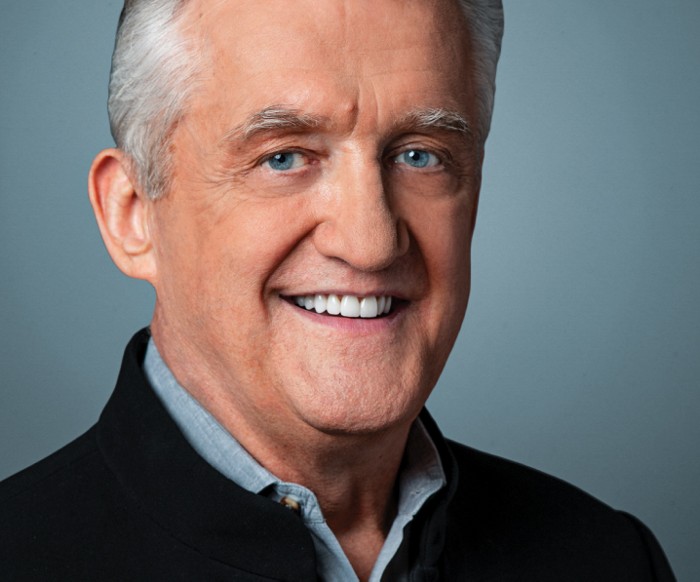Advertisement
Grab your lab coat. Let's get started
Welcome!
Welcome!
Create an account below to get 6 C&EN articles per month, receive newsletters and more - all free.
It seems this is your first time logging in online. Please enter the following information to continue.
As an ACS member you automatically get access to this site. All we need is few more details to create your reading experience.
Not you? Sign in with a different account.
Not you? Sign in with a different account.
ERROR 1
ERROR 1
ERROR 2
ERROR 2
ERROR 2
ERROR 2
ERROR 2
Password and Confirm password must match.
If you have an ACS member number, please enter it here so we can link this account to your membership. (optional)
ERROR 2
ACS values your privacy. By submitting your information, you are gaining access to C&EN and subscribing to our weekly newsletter. We use the information you provide to make your reading experience better, and we will never sell your data to third party members.
Business
Owls Rank Best At Hatching Start-ups
Rice University’s Alliance wins top spot among business incubators
by Ann M. Thayer
July 29, 2013
| A version of this story appeared in
Volume 91, Issue 30

Rice University in Houston is known as a science and engineering research school. Its mascot is an owl—an animal associated more with knowledge and vision than size and power. Still, it was surprising when the small private university’s business incubator, the Rice Alliance for Technology & Entrepreneurship, bested rivals 10 times as large in a recent global survey.
“Rice Alliance’s exceptional overall performance, contribution to the ecosystem, especially through high job creation and outstanding value to their clients, propelled it to the top spot in the ‘global’ category,” says Stockholm-based UBI Index, which conducted the survey. The alliance has aided several chemistry start-ups, including ones arising from Nobel Prize-winning work in nanotechnology. It has also contributed in the areas of cleantech, energy, and life sciences.
An offshoot of Sweden’s Chalmers School of Entrepreneurship, UBI reviewed 550 university incubators and then conducted an in-depth study of 150 of them, located in 22 countries. It measured 50 performance indicators using a point system. The assessment looked across three categories: the return to local economies, value provided to start-ups, and attractiveness, in terms of offerings and postincubation success.
Rice came out on top overall, followed by VentureLab at Georgia Institute of Technology and the Technology Incubator at the University at Buffalo, SUNY. The Buffalo center also led in life sciences, while the University of Florida’s Sid Martin Biotechnology Incubator was the best in biotech.
A few key statistics demonstrate the impact of the Rice Alliance. Since it was formed 13 years ago, the incubator has aided more than 1,400 technology and materials-related start-ups with entrepreneurship education and programs such as its technology venture forums. Together these firms have raised more than $2.7 billion in funding and created more than 10,000 jobs, the alliance says.
BENCHMARKS
Average numbers for leading business incubators are two to three times as high as the average for all incubators.
Jobs created: 228.6 per year
Sales generated: $33.8 million per graduate
Client coaching: 30.2 hours per month
Active coaches: 8.3
Client success rate: 66.4% operating after five years
NOTE: Leading business incubators are defined as the top 20% by the UBI Index performance ranking.
SOURCE: UBI Index
The Rice Alliance also runs the world’s largest business plan competition, supported by more than 130 company, government, and private sponsors. This year, 42 teams, including seven from outside the U.S., pitched their business plans to compete for $1.5 million. Northwestern University’s SiNode Systems took home the grand prize of $911,000 to support its battery materials business.
Nearly 200 teams from past competitions have launched companies, says Rice Alliance Managing Director Brad Burke. Of those, 138 have been successful and have raised more than $600 million in funding.
Although the alliance has a full-time staff of just seven, several hundred individuals and companies support its activities and help it make a large impact by reaching outside the campus to aid entrepreneurs in Houston and beyond.
Prior to the alliance’s founding in 2000, “Rice had not played a very active role in the community, especially in the area of technology entrepreneurship,” Burke says. But the alliance’s founders saw “both an obligation and the ability” to become a catalyst for the Houston region.
The alliance was devised as a partnership among the university’s George R. Brown School of Engineering, Wiess School of Natural Sciences, and Jesse H. Jones Graduate School of Business. Although a natural fit for Rice and one of the alliance’s key strengths, including science and engineering schools in a business incubator was atypical a decade ago, Burke says.
The Rice Alliance also stands out by being virtual. The National Business Incubation Association reports that 93% of the approximately 1,400 incubators in North America have a facility in which they house and assist clients. However, this summer the alliance is housing nine student-led start-ups on campus for a 90-day mentoring program.
“There has been a huge increase in interest among both graduates and undergraduates to learn more about entrepreneurship,” Burke says. “A lot of our programs have been focused externally, and we have been increasing our focus on supporting Rice University students and faculty who want to start companies.”
More than 40 firms have emerged from Rice over the past decade. It’s a small number compared with the 1,400 the alliance has supported overall, and Burke is trying to encourage more start-ups out of Rice—such as those created by chemistry and materials science professor Andrew R. Barron.
Barron has five companies on the university’s list of start-ups and has been involved with the Rice Alliance since its inception. “The very first presentation at the very first Rice Alliance forum was on technology that became Oxane Materials,” Barron says. The now-11-year-old company makes ceramic proppants for the oil and gas industry. Barron serves today as a faculty adviser to the alliance.
“The original goal was to allow professors and students to present technologies, or even very early stage science and engineering projects, that might have an application and get them in front of people,” Barron recalls. Through the alliance’s participation, Oxane was able to find its president, investors, and corporate research partners. “We have used the alliance in a number of different ways over the years, but they all come down to the idea of it providing an audience and matchmaking,” he adds.
More generally, UBI says incubators are successful when they offer high-quality training and education. Best practices include having qualified and involved mentors and being able to attract start-ups, make matches, and access funding.
Even the best incubators can be constrained by insufficiencies in infrastructure, nonresearch fund-raising, and recognition, UBI found. But when they work well, UBI says, “top incubators are like steroids for the economy, in terms of job creation and economic growth.” Success comes to those that create a large “ecosystem” and are part of an active community.
Barron, the entrepreneurial professor, says that’s what has happened at Rice. “The Rice Alliance has really changed the status of the university with regard to the business community,” he says. “It has become a cornerstone for companies to have an entrée into the university.”





Join the conversation
Contact the reporter
Submit a Letter to the Editor for publication
Engage with us on Twitter